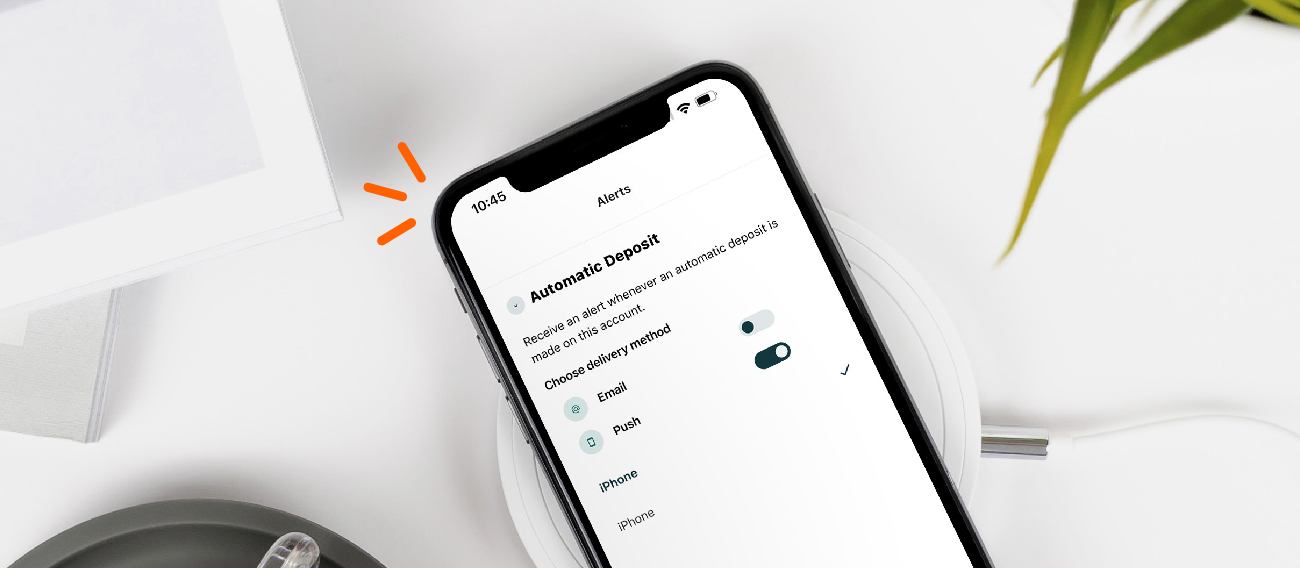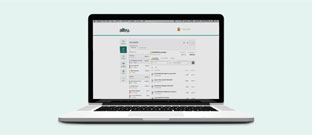While budgeting is not necessarily anyone’s favorite part of the financial planning process, it’s essential because it quickly uncovers opportunities and problem areas.
The budgeting process is essential to paving a better financial future for yourself. Although there are many approaches for how to create a budget, we’ve compiled the most important steps here:
Step 1: Review the past year.
Review your spending in the last year to see where money went, what adjustments you can make, and how to properly create a budget for the upcoming year. You can compare how much money your household brought in and see where it all went throughout the year by reviewing your account with our free online and mobile banking tools. Knowing how much you spent last year is the best predictor of how much you need to set aside each month for expenses in the coming year. We suggest categorizing expenses in order to stay organized. Begin with categories such as Utilities, Rent/Mortgage, Food, Transportation, Personal Care, etc. If you prefer to get more specific, you can break it down further into categories like electric, internet, groceries, eating out, gas, clothing, you get the idea.
Step 2: Predict the future.
Next, you’ll need to think ahead to uncover any new expenses you may need to add into your budget. For example, you may have one (or four) weddings you plan on attending this year, in which case you can price out what you’ll need to save for those events. Maybe you have a family vacation planned for this year or you know you’ll need some extra spending cash for the holidays. You can budget for all that now ahead of time and save yourself some stress by putting money in a separate savings account, like a Holiday Savings Account. We strongly encourage you to check out our Savings Goal Tool to assist in setting aside money to reach your goals, whether they are small or large.
Step 3: Adjust as necessary.
With all the numbers laid out, you can really see whether your cash flow is heading where you want it to go. You might find that your expenses outweigh your income – a big no-no for good financial health. Or that you spend more than you’d like on non-essential items while coming up short on savings. If this is the case, identify these opportunity areas where there’s room to adjust your spending. Try your hardest to cut back on those unnecessary purchases. Maybe for you that means not eating out as much during the week or cutting back on your recurring monthly memberships. A good practice is asking ourselves whether what we wish to buy is a need or a want.
Step 4: Know your financial goals.
You’re almost there! Beyond having to pay your current bills and saving money for fun events, you’ll want to think about financing for your future. This is an important step because long-term goals keep you motivated and planning ahead helps you stay realistic about spending your money. For example, a goal in 2 years could be to pay off the majority of your debt to make your financial profile look better. Or you’d like to set aside money for your child’s college education. When you create your budget, clearly defining your goals and budgeting will help in achieving that goal, no matter how far away it is.
Step 5: Make room for change.
Picture this: You have everything planned out, it looks perfect, you’re finally ready to implement your budget and then you realize this is a big step and a huge change for your family. This might be true! Everyone is different, which means no one’s budget is the same as another’s. Just because you have a budget in place doesn’t mean life can’t happen. Sometimes you might overspend, and sometimes you might underspend. These fluctuations are normal and expected. Anticipating and making room for change can be hard, but at the end, you want to say you are better off and did all that you could. This change will better not only you and your family but also allow you to reach your financial goals.




